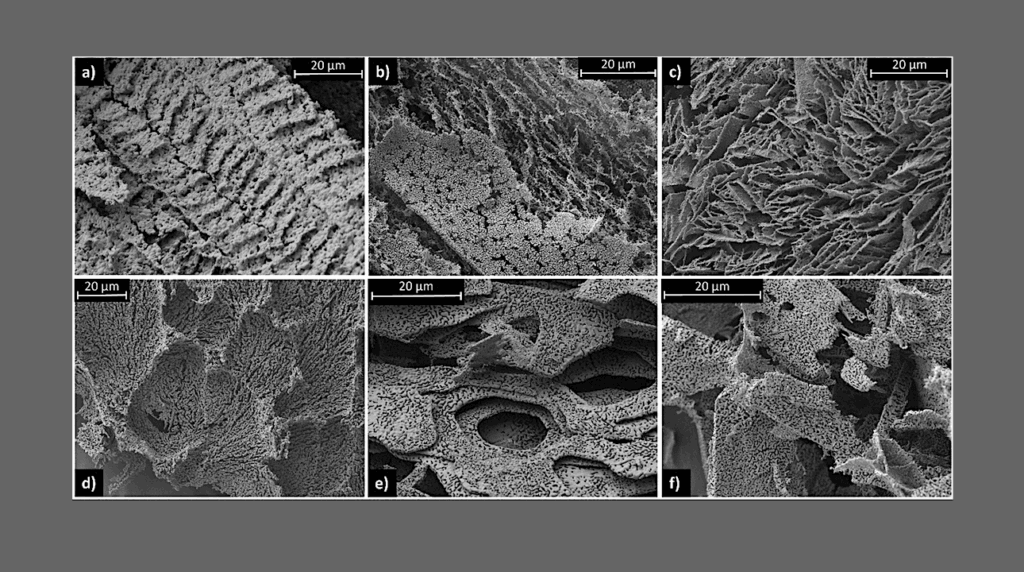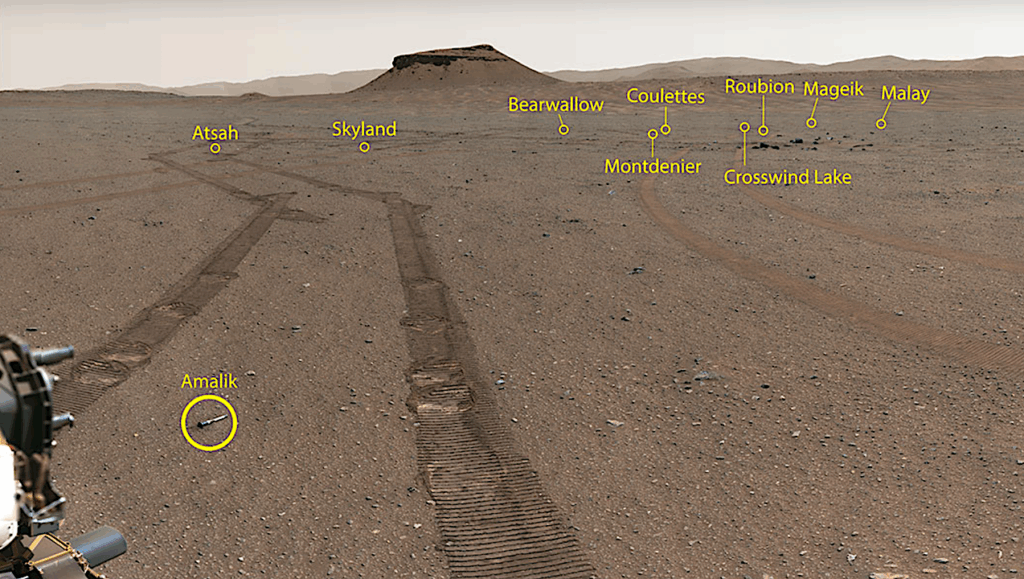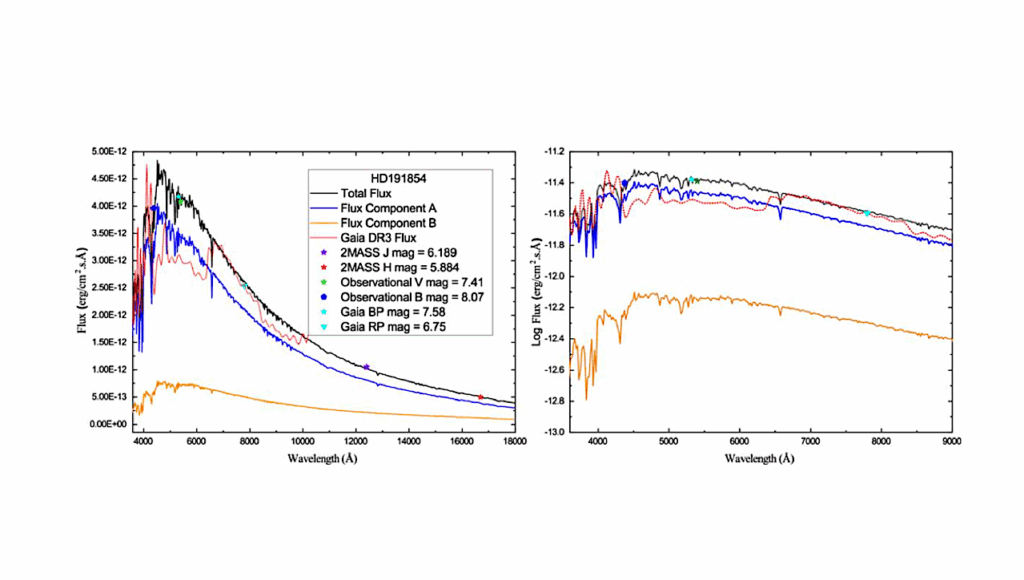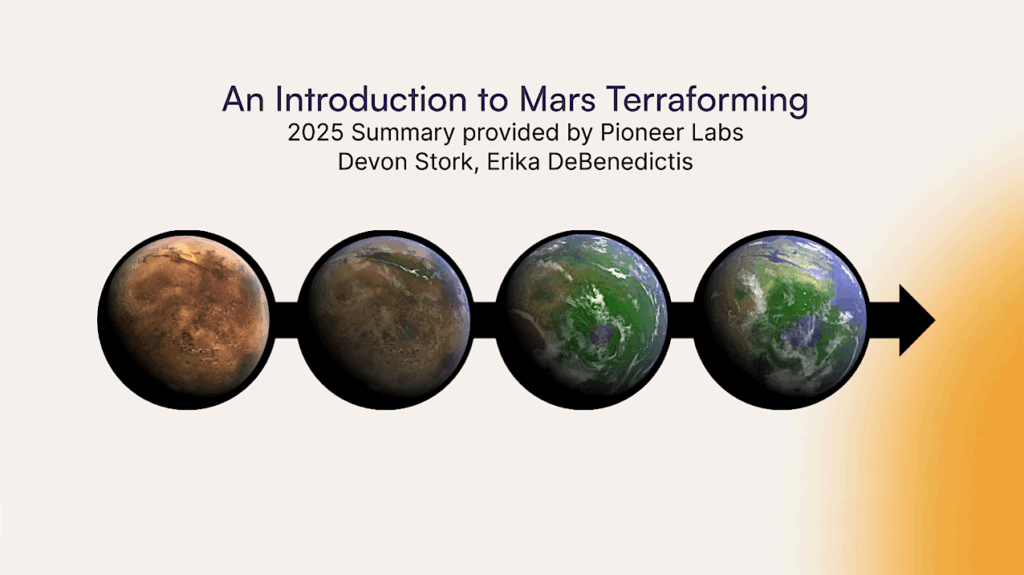Obliquity Evolution of the Potentially Habitable Exoplanet Kepler-62f

Variations in the axial tilt, or obliquity, of terrestrial planets can affect their climates and therefore their habitability.
Kepler-62f is a 1.4 R⊕ planet orbiting within the habitable zone of its K2 dwarf host star (Borucki et al. 2013). We perform N-body simulations that monitor the evolution of obliquity of Kepler-62f for 10 million year timescales to explore the effects on model assumptions, such as the masses of the Kepler-62 planets and the possibility of outer bodies.
Significant obliquity variation occurs when the rotational precession frequency overlaps with one or more of the secular orbital frequencies, but most variations are limited to ≲10∘. Moderate variations (∼10∘−20∘) can occur over a broader range of initial obliquities when the relative nodal longitude (ΔΩ) overlaps with the frequency and phase of a given secular mode.
However, we find that adding outer gas giants on long period orbits (≳ 1000 days) can produce large (∼60∘) variations in obliquity if Kepler-62f has a very rapid (4 hr) rotation period.
Billy Quarles, Jason W. Barnes, Jack J. Lissauer, John Chambers
(Submitted on 23 Oct 2017)
Comments: 17 pages, 12 figures, 5 tables; Submitted to AJ; Comments welcome
Subjects: Earth and Planetary Astrophysics (astro-ph.EP)
Cite as: arXiv:1710.08052 [astro-ph.EP] (or arXiv:1710.08052v1 [astro-ph.EP] for this version)
Submission history
From: Billy Quarles
[v1] Mon, 23 Oct 2017 00:41:51 GMT (6893kb,D)
https://arxiv.org/abs/1710.08052
Astrobiology








